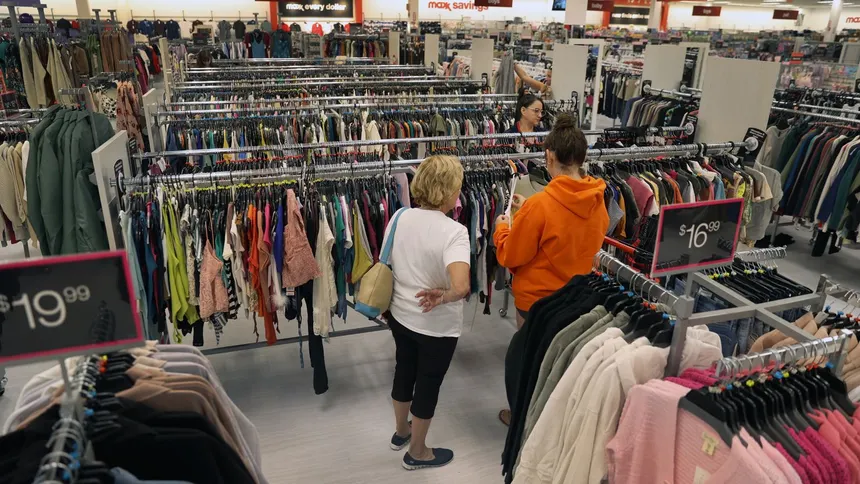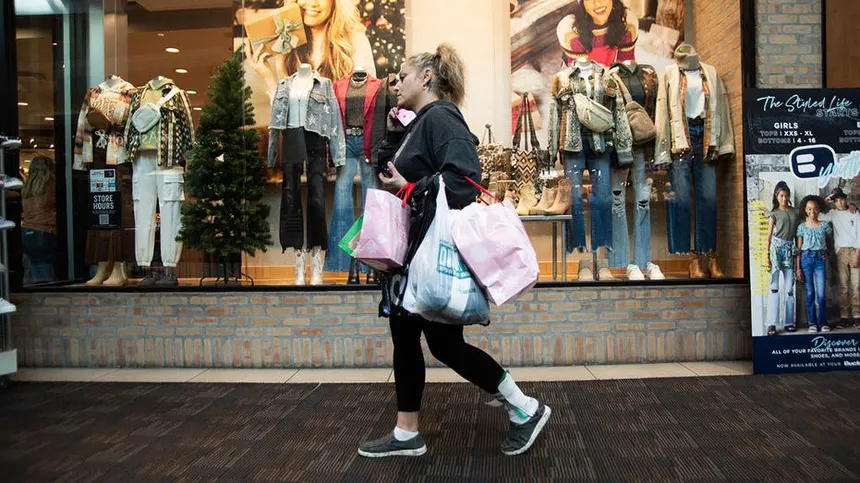The Retail Industry Faces a New Challenge
Retailers across various industries are facing a major shift due to new tariffs and increasing operational costs. As prices rise, consumer behavior is changing rapidly, forcing businesses to adapt to new spending habits, supply chain challenges, and market demands. In this article, we explore how retailers are adjusting their strategies to stay competitive in an evolving economic landscape.

The Impact of New Tariffs and Rising Costs on Retail
1. Increased Prices on Consumer Goods
New government-imposed tariffs on imported goods have led to price hikes across multiple sectors, including electronics, clothing, and household essentials. Retailers are struggling to balance rising costs while keeping prices attractive for budget-conscious shoppers.
- Many retailers have passed these additional costs to consumers, leading to higher prices on shelves.
- Consumers are becoming more selective, prioritizing necessities over luxury items.
- Small businesses are particularly vulnerable, as they lack the financial buffer of larger corporations.
2. Changes in Consumer Spending Patterns
With inflation and higher prices, consumers are making adjustments to their spending habits.
- More Price-Conscious Shopping: Consumers are looking for discounts, promotions, and value deals.
- Shift to Online Shopping: Many buyers prefer e-commerce platforms to compare prices and find better deals.
- Cutting Back on Non-Essentials: There’s a noticeable decline in spending on luxury items and impulse purchases.
3. Supply Chain Disruptions and Inventory Challenges
The new tariffs have also impacted supply chains, leading to delayed shipments and unpredictable inventory levels.
- Retailers are dealing with longer wait times for imports, resulting in empty shelves.
- Some businesses are sourcing alternative suppliers from non-tariffed regions.
- Just-in-time inventory models are being reconsidered in favor of stockpiling essential products.

How Retailers Are Adapting to the Changing Landscape
1. Implementing Smart Pricing Strategies
To maintain profitability while keeping customers happy, retailers are adopting dynamic pricing and discount strategies.
- Loyalty Programs: More stores are offering exclusive deals and discounts for loyal customers.
- Bulk Purchase Discounts: Retailers are encouraging shoppers to buy in larger quantities to save money.
- Subscription Models: Some businesses are introducing subscription-based pricing for regular customers to lock in lower rates.
2. Expanding Private Label and Budget-Friendly Products
Many retailers are introducing private-label brands that offer quality alternatives at lower prices.
- Supermarkets and clothing brands are expanding their in-house product lines to attract budget-conscious buyers.
- Private-label goods are typically less affected by tariffs since they are often sourced domestically or from alternative markets.
- Consumers are increasingly choosing generic brands over expensive name-brand products.
3. Enhancing Digital and Omnichannel Shopping Experiences
Retailers are investing heavily in digital transformation to improve customer experiences.
- AI-Powered Recommendations: Personalized shopping experiences using artificial intelligence help consumers find the best deals.
- Click-and-Collect Services: Many stores now offer options to buy online and pick up in-store to reduce shipping costs.
- Live Shopping Events: Some brands are hosting live-stream shopping events to engage consumers and boost sales.
4. Sourcing Locally and Diversifying Supply Chains
To mitigate the impact of tariffs, retailers are looking for domestic suppliers and alternative international markets.
- Many businesses are forming partnerships with local manufacturers to reduce dependency on imports.
- Diversifying supply chains helps retailers avoid shortages and maintain a steady inventory.
- Some companies are exploring 3D printing and on-demand production to reduce reliance on overseas factories.

The Future of Retail: What Lies Ahead?
1. Greater Focus on Sustainability
Consumers are increasingly prioritizing sustainability, and retailers are taking note.
- More stores are promoting eco-friendly products and sustainable sourcing.
- Brands are implementing packaging reduction strategies to appeal to environmentally conscious buyers.
- Secondhand and refurbished goods markets are seeing a rise in popularity.
2. The Role of Artificial Intelligence and Automation
Technology is playing a crucial role in helping retailers adapt to changing economic conditions.
- AI-driven analytics help businesses predict demand and optimize pricing.
- Automated warehouses and robotic systems improve efficiency and reduce labor costs.
- Chatbots and virtual assistants are enhancing customer service while cutting operational expenses.
3. New Business Models and Adaptation Strategies
Retailers will continue exploring innovative business models to survive in a fluctuating market.
- Subscription-based shopping models may become more common.
- Retailers might partner with influencers and social media platforms to reach younger consumers.
- Some brands are shifting to a direct-to-consumer (DTC) approach to cut out middlemen and maintain control over pricing.
Conclusion: Retailers Must Evolve to Stay Competitive
The retail industry is going through a major transformation as new tariffs and rising costs reshape consumer behaviors. Businesses that adapt by implementing smart pricing strategies, enhancing digital experiences, and optimizing supply chains will be better positioned to thrive in the long run. While challenges remain, innovation and adaptability will determine which retailers succeed in this rapidly changing landscape.
Do Follow USA Glory For More Updates.






